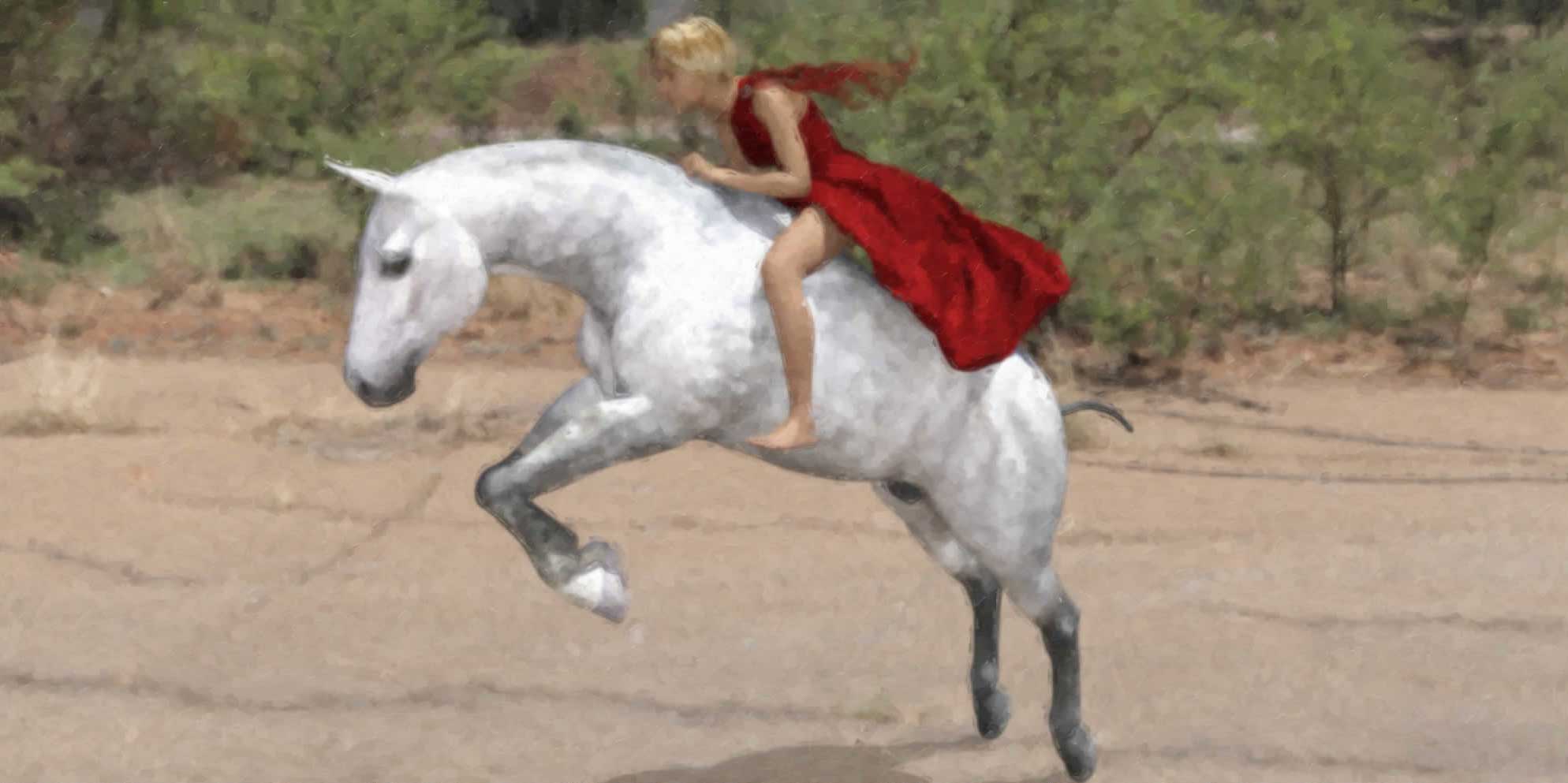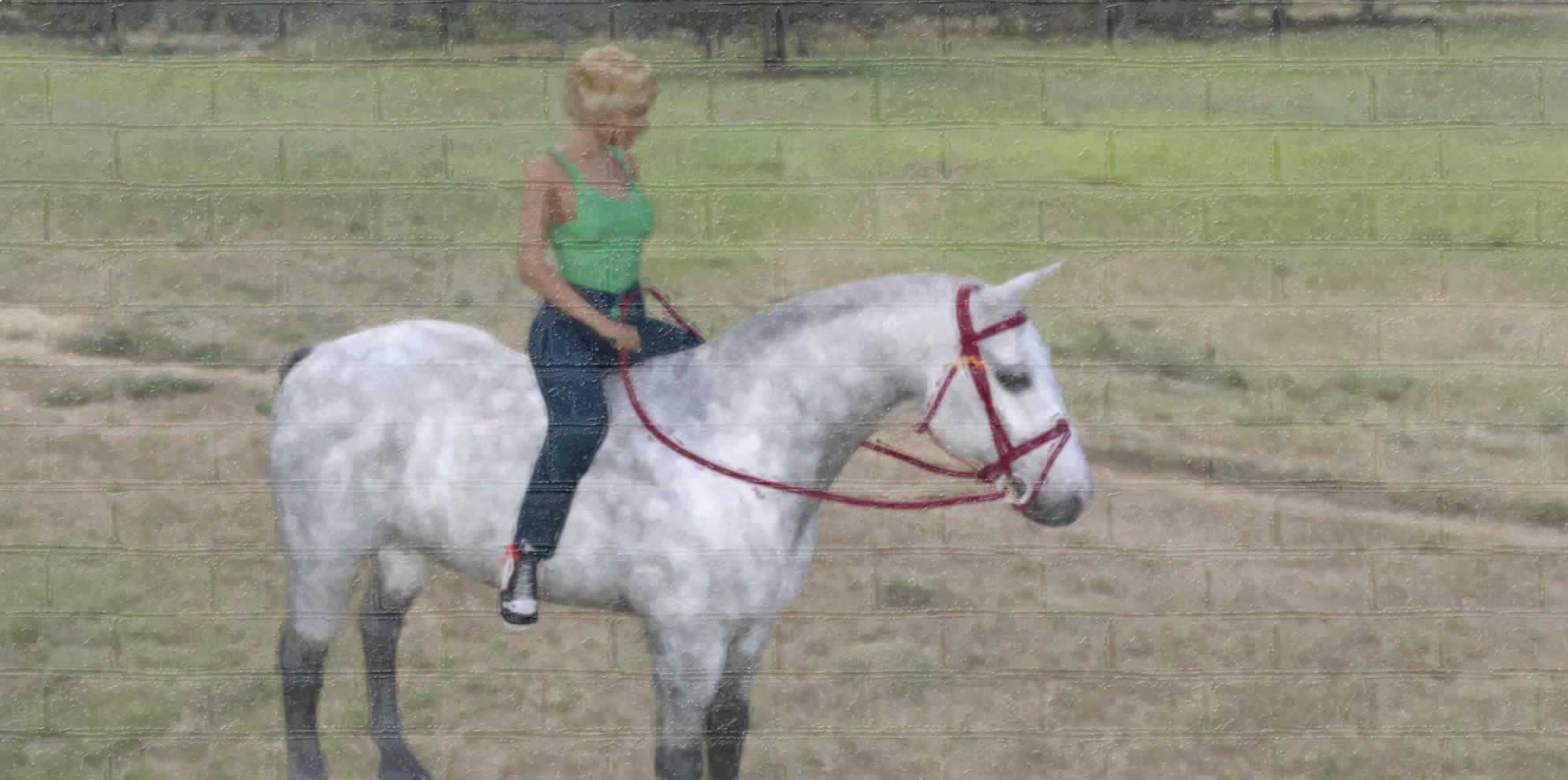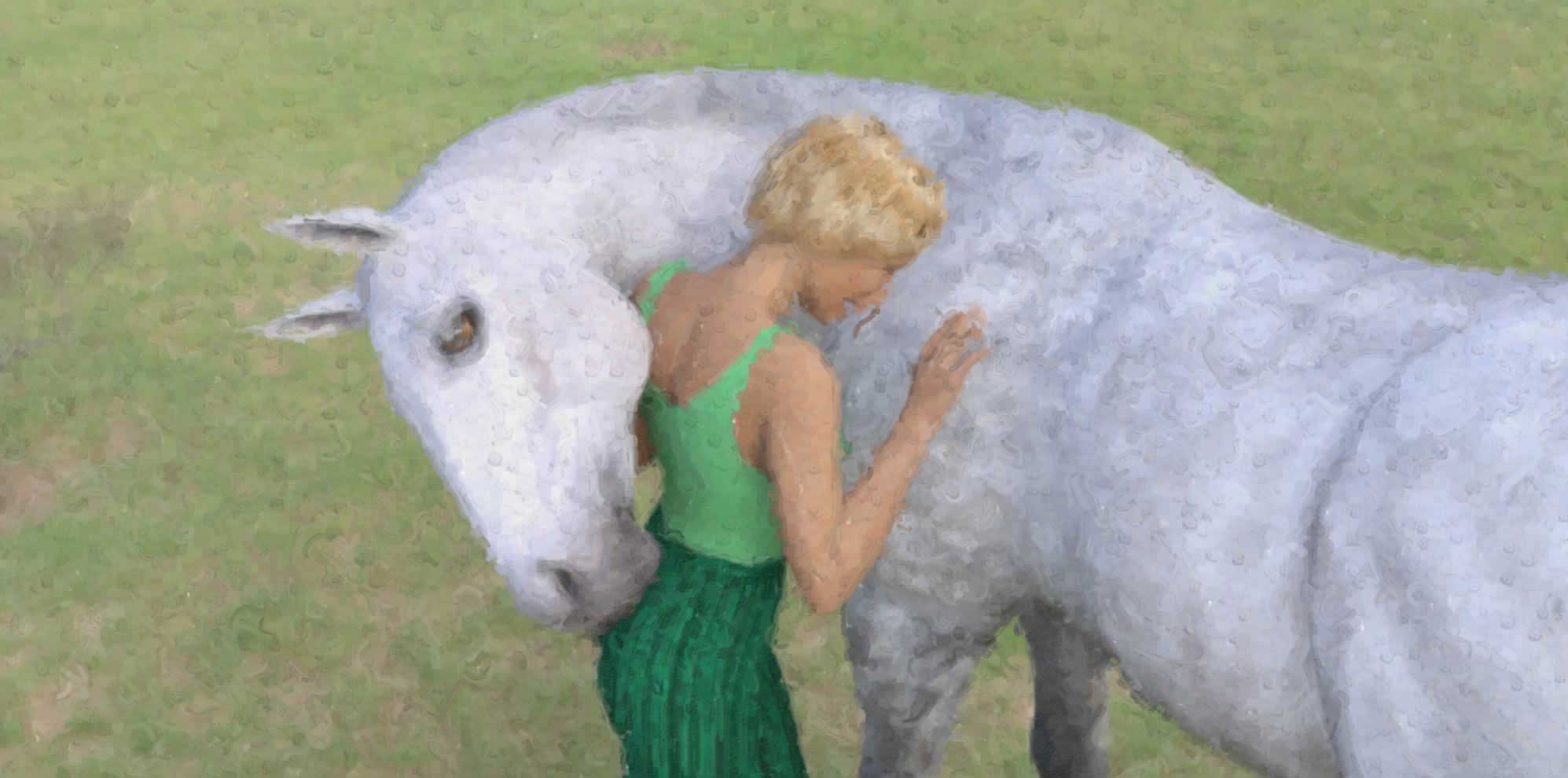Why Should I Use A colour Wheel?
A Horse is a beautiful and majestic animal, but painting them realistically can be a challenge. Utilising a colour wheel can help make this process easier, allowing you to accurately capture the colours of the horse’s coat and mane and by understanding the basics of colour theory (see the next page for a detailed explanation of this) and how to use a colour wheel, you can create stunning, realistic horse paintings.
The colour wheel is a great tool to help you select the right hues and shades to accurately represent the natural colours of the horse. Additionally, by understanding the foundational principles of colour theory, you can create a stunning painting with the correct tones, values, and shades.
With these tips, you will have the knowledge and confidence to create a beautiful horse painting.
What is a colour wheel?
A colour wheel is a visual tool that helps artists select the right colours for a piece of artwork. It organizes colours into a circle and arranges them according to the colour wheel colour theory.It can also refer to a specific type of colour wheel that uses the RYB colour system. This uses the primary colours red, yellow, and blue to create all other colours.
The colour wheel has been used for centuries, and artists have created many variations of it. There are many types of colour wheels, but the basic principles of colour theory apply to each type of wheel. The RYB colour wheel is the most common; artists use this tool to select colours that create a pleasing and balanced colour scheme. This type of colour wheel is useful when you want to create a contrast of warm and cool tones in your artwork.
How to Use a colour Wheel for Horse Painting
When using a colour wheel to paint a horse, you want to create a balanced and pleasing colour scheme. This helps create a piece that is aesthetically pleasing and realistic. To achieve this, you will want to use the primary colours red, yellow, and blue.
To begin painting your horse, you will first want to sketch out your painting. Once you have a basic outline of your painting, select your colours. Begin by selecting your primary colours; red, yellow, and blue are the primary colours for the RYB colour wheel. These colours are the most powerful and you can create all other colours with them.
Once you have your primary colours selected, you can begin choosing your secondary colours. The secondary colours are created by mixing the primary colours. For example, if you want to create a secondary blue colour, you could mix yellow and blue, and then add a little red to create a blue green colour.
Selecting the Right colours
The first step in creating a beautiful and realistic horse painting is selecting the right colours. When selecting your colours, you want to choose hues that are close to the natural colour of the horse’s coat. Selecting these colours will help create a realistic painting. Additionally, it will help you avoid painting a horse that is too colourful.
When selecting your colours, you can use the colour wheel to help you choose the right hues. Each colour on the colour wheel has a different value. The colour wheel will show you the value of each colour under its name. If you are creating a colourful painting, you will want to select colours that have a high value. Conversely, if you are creating a realistic painting, you will want to select colours that have a low value.
Applying colour Theory to Horse Painting
In addition to selecting the correct colours, it is important to understand the foundational principles of colour theory when painting a horse. The first principle of colour theory you will want to keep in mind is harmony. Choosing complementary colours that are harmonious will create a beautiful painting. The next principle you will want to keep in mind is contrast. Contrasting colours are known for creating bold and vibrant paintings. Lastly, you will want to select analogous colours. Analogy is selecting colours that are neighbouring each other on the colour wheel. When selecting analogous colours, you will want to make sure they are not too similar.
While understanding the colour theory is important, it can be challenging when painting a horse. This is because there are so many different tones and values within the horse’s coat and mane. However, by understanding these principles, you will be able to create a painting with the correct tones and values.
Understanding Tones, Values, and Shades
Tones, values, and shades are the three main parts of colour theory that are important to understand when painting a horse. A tone is a colour mixed with black. A value is a colour mixed with white. A shade is a colour mixed with grey.
When painting a horse, you will want to mix the shadows with a darker tone, value, and shade than the highlights. The shadows should be a darker tone than the highlights, with a lower value. The reason for this is that shadows are seen as the furthest away areas from the viewer, so they are naturally darker and less vibrant than the highlights.
Whilste it is important to create the shadows accurately, it is also important to remember not to overdo them. You want the painting to look realistic, not dark and unappealing.
Whilst it is important to select complementary colours that are harmonious and contrast colours that are vibrant, it is also important to select colour combinations that work well together and there are a few different rules of thumb you can follow when selecting colour combinations. You will want to make sure the colour combinations are not too similar; you do not want the colours to blend together, but you also do not want them to clash. Another rule of thumb is to select colours that are not too far away from each other on the colour wheel. You want the colours to be different enough that they create their own unique tones, but not so different that they cannot be combined. You will also want to select a warm colour and a cool colour when selecting the colour combinations. This will allow you to create warm and cool shadows on the horse’s coat and mane.
Creating a Realistic Horse Painting
Once you have selected the correct colours, created a value study, understood the principles of colour theory, and selected colour combinations that work well together, you are ready to paint your horse painting.
You will want to start with the shadows on the horse’s coat and mane. This will allow the highlights to be placed on top of the shadows and not underneath them. Once the shadows are completely dry, you can start adding the highlights.
Once the horse painting is completely dry, you can add more detail with a brush and some acrylic paints. This will allow you to enhance the shadows and highlights with more detail. Once your painting is completely dry and you have added the details, you can use a colour wheel to enhance your painting. This will allow you to select the correct colours to add accents and details to your painting.
Using a colour Wheel to Enhance Your Horse Painting
Once you have completed your painting, you can use your colour wheel to enhance the painting. By using your colour wheel to select a complementary frame, you can create a stunning painting. A complementary frame uses two colours on opposite sides of the colour wheel to enhance your painting. The frame will draw attention to your painting and make it appear more vibrant. The colour wheel can also be useful for creating a border around your painting. Borders can be useful in a few different situations. They can provide a neat and clean finishing touch to a painting. Additionally, they can be used to create a specific mood, such as a romantic or dramatic feeling.
Conclusion
Horses are a beautiful and majestic animal, and they can be a challenging subject for artists to paint realistically. Utilizing a colour wheel can help make this process easier, allowing you to accurately capture their colours and manes. By understanding the basics of colour theory and how to use a colour wheel, you can create stunning, realistic horse paintings.
The colour wheel is a great tool to help you select the right hues and shades to accurately represent the natural colours of the horse. Additionally, by understanding the foundational principles of colour theory, you can create a stunning painting with the correct tones, values, and shades.


